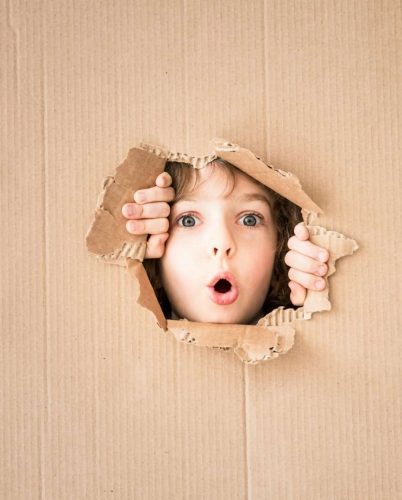Concentration and focus in individuals with autism can manifest differently compared to neurotypical individuals. Each person on the autism spectrum is unique and displays a wide range of characteristics and abilities. Therefore, it is important to remember that what is discussed below will not apply to all cases.
Some people with autism may have an exceptional ability to concentrate on certain topics or activities that interest them. This skill is often referred to as “hyperfocus.” Hyperfocus can be beneficial in certain situations, such as performing meticulous tasks or acquiring specialized knowledge in a specific area. However, it can also make it difficult to pay attention to other aspects of daily life or adapt to changes in the environment or routine.
On the other hand, some people with autism may have difficulty concentrating and maintaining attention on tasks or activities that are not interesting to them or fall outside their areas of interest. These challenges may be related to sensory sensitivities and personal preferences.
Additionally, focus and concentration can be affected by external factors, such as the environment and stress levels. A noisy, overwhelming, or unpredictable environment can make it difficult for a person with autism to concentrate. Likewise, high levels of anxiety can make it more challenging to focus on tasks or activities.
It is crucial to consider individual differences and provide support and adaptations based on the needs of each person on the autism spectrum. Fostering a structured, predictable, and calm environment can facilitate concentration and focus. Moreover, it is important to respect each person’s interests and abilities, and allow them to explore and develop their passions.
To help individuals with autism focus on areas that are not of their interest, it is important to employ strategies and adaptations tailored to their individual needs. Below are some suggestions that might be helpful:
Set clear and realistic goals: Communicate in a concrete and specific way what is expected of the person in an activity or task. Establish short and long-term goals that are attainable and motivating.
Create connections: Try to link the activity or task with the person’s interests. For example, if they like technology, a technological approach can be used to teach a topic that is not of their interest.
Break down the task: Break down activities or tasks into smaller, manageable steps. This facilitates understanding and allows the person to focus on one specific part at a time.
Establish routines: Creating a structured and predictable routine can help individuals with autism adapt better to activities and tasks that are not of their interest. The routine also provides a stable and secure environment in which they can concentrate.
Provide positive reinforcement: Praise and reward the person for their efforts and achievements in the activity or task, even if it is something small. Positive reinforcement can increase motivation and interest in less appealing areas.
Use visual strategies: Visual aids, such as charts, images, or checklists, can be useful tools for organizing and presenting information in a more accessible and attractive way.
Adjust the environment: Ensure the environment is suitable and comfortable for the person, minimizing distractions and providing a quiet and orderly space.
Be patient and flexible: Recognize that it may take time to adapt to new activities or tasks, and be willing to adjust the approach if necessary. Be understanding and support the person in their learning and adaptation process.












